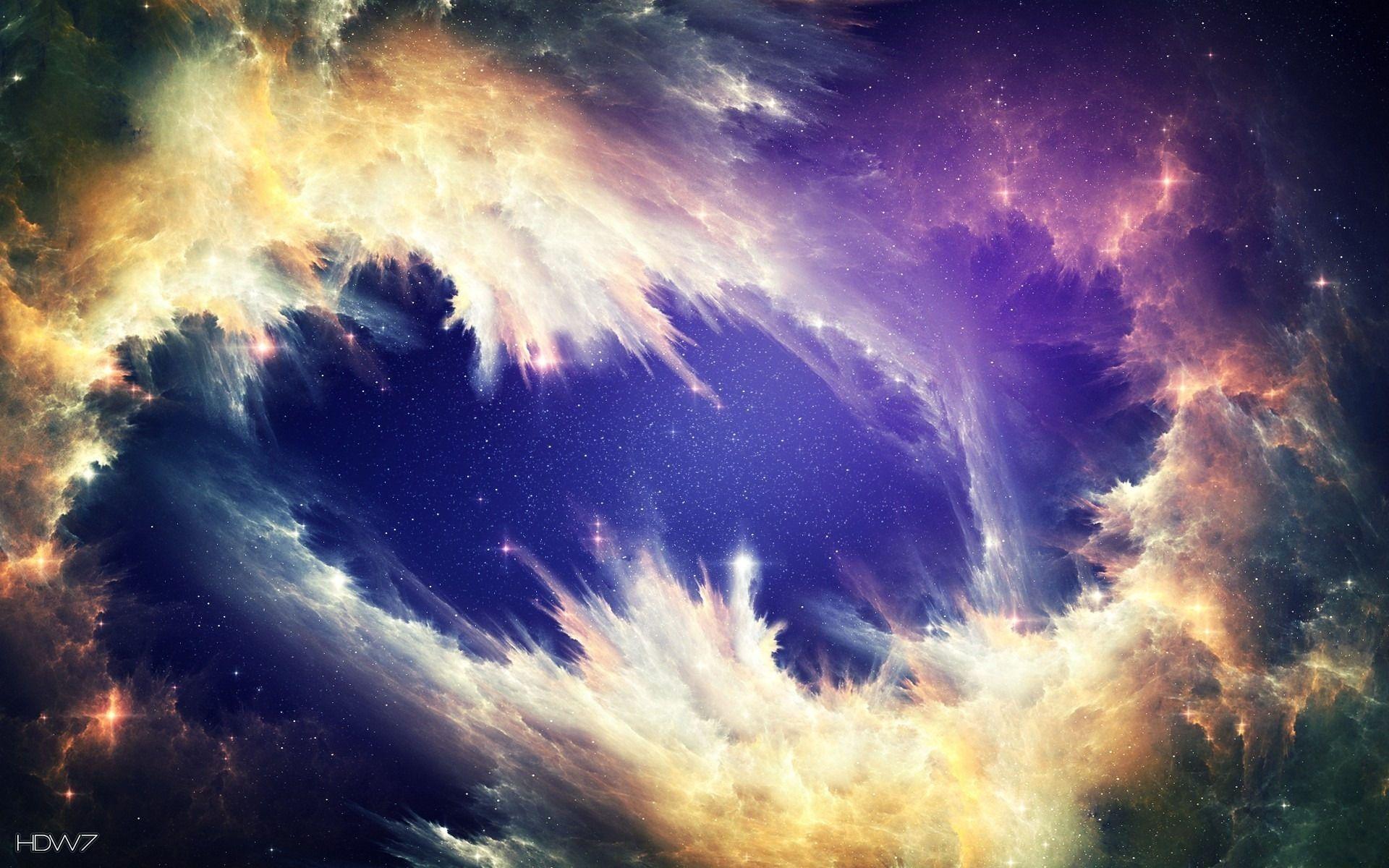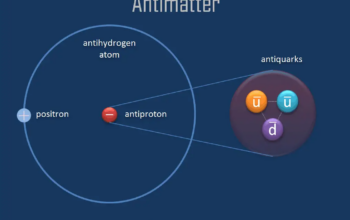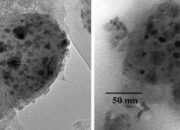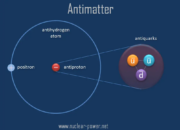In the vast tapestry of the cosmos, the phenomenon of cosmic variance stands as a testament to the inherent uncertainties that characterize our universe. This concept, rooted in cosmology, delineates the statistical fluctuations that occur in the distribution of matter and radiation across different regions of the universe. Such fluctuations give rise to variations in the observable universe that can challenge our most foundational understandings of astrophysics.
The first consideration in the exploration of cosmic variance involves recognizing its origins in the fundamental principles of quantum mechanics and the early universe’s inflationary phase. During this epoch, quantum fluctuations generated minute density perturbations in the primordial soup of particles and energy, which later served as the seeds for galaxy formation. The minute variations present today across the cosmic microwave background radiation exemplify the consequences of these primordial fluctuations. These anomalies are not merely artifacts of observational errors; instead, they reflect the stochastic nature of the universe’s expansion and structure formation.
In studying cosmic variance, cosmologists must grapple with the implications of large-scale structure. The spatial distribution of galaxies is far from homogeneous, exhibiting a web-like structure characterized by clusters, filaments, and voids. While cosmic variance can lead to regional disparities in galaxy count and distribution, it also raises questions about the universality of physical laws as they apply to different cosmic locales. Are the physical constants truly invariant throughout? Or are we observing a universe that demonstrates regional peculiarities?
One of the critical implications of cosmic variance lies in its effect on observational cosmology. Surveys aimed at mapping the universe’s structure must consider the limitations imposed by the small volume of observable space. Due to cosmic variance, two researchers might arrive at disparate conclusions based purely on their observational samples. This variability emphasizes the necessity of statistical averaging across broader cosmic scales to obtain a more accurate portrayal of the universe’s dynamics.
The role of cosmic variance extends into the probabilistic nature of dark energy and dark matter. Current cosmological models suggest that these enigmatic components play pivotal roles in shaping the universe’s fate. However, the heterogeneous distribution of these entities can lead to different cosmic evolution scenarios. How dark energy influences the expansion rate of the universe can vary depending on local density fluctuations, thus complicating our understanding of the universe’s acceleration.
Furthermore, the phenomenon of cosmic variance holds significant implications for theoretical models such as the multiverse hypothesis. If our universe is but one of many, each possibly governed by distinct physical laws or initial conditions, cosmic variance could explain discrepancies observed in the fine-tuning of constants. Herein lies a philosophical juxtaposition between an observer’s limited experience and the expansive possibilities of existence. If alternate universes exist, might they experience their own unique varieties of cosmic variance?
When examining cosmic variance, one cannot overlook the influence of observational biases. The finite speed of light means that astronomers observe only a limited portion of the universe—the observable universe. This confinement introduces a bias that can distort the statistical significance of cosmic findings. Consequently, careful methodologies must be employed in data collection to mitigate these biases. Advancements in technology and observational strategies, such as the implementation of wide-field surveys and next-generation telescopes, aim to enhance our understanding of cosmic variance by sampling a larger volume of the universe.
Astrobiology also intersects with the discourse of cosmic variance. The distribution of habitable zones and the requisite conditions for life may vary significantly across cosmic neighborhoods. The concept of the“goldilocks zone” takes on new significance when considering the unpredictable aspects of cosmic variance, suggesting that life may not be uniformly distributed, potentially thriving in regions shaped by different cosmic histories. This variability offers a rich tapestry for consideration in the ongoing search for extraterrestrial life.
In conclusion, cosmic variance serves as a foundational concept that underscores the complexities and uncertainties inherent in the universe. Interdisciplinary implications stretch from cosmology to philosophy, touching upon dark matter, dark energy, theoretical frameworks, and the search for life beyond Earth. As our observational methodologies evolve, so will our understanding of the universe’s fabric and the role cosmic variance plays within it. Embracing this uncertainty is not a limitation but rather an invitation to explore the profound intricacies of existence—an exploration that continuously reminds us of the unpredictable yet wondrous nature of the cosmos.








